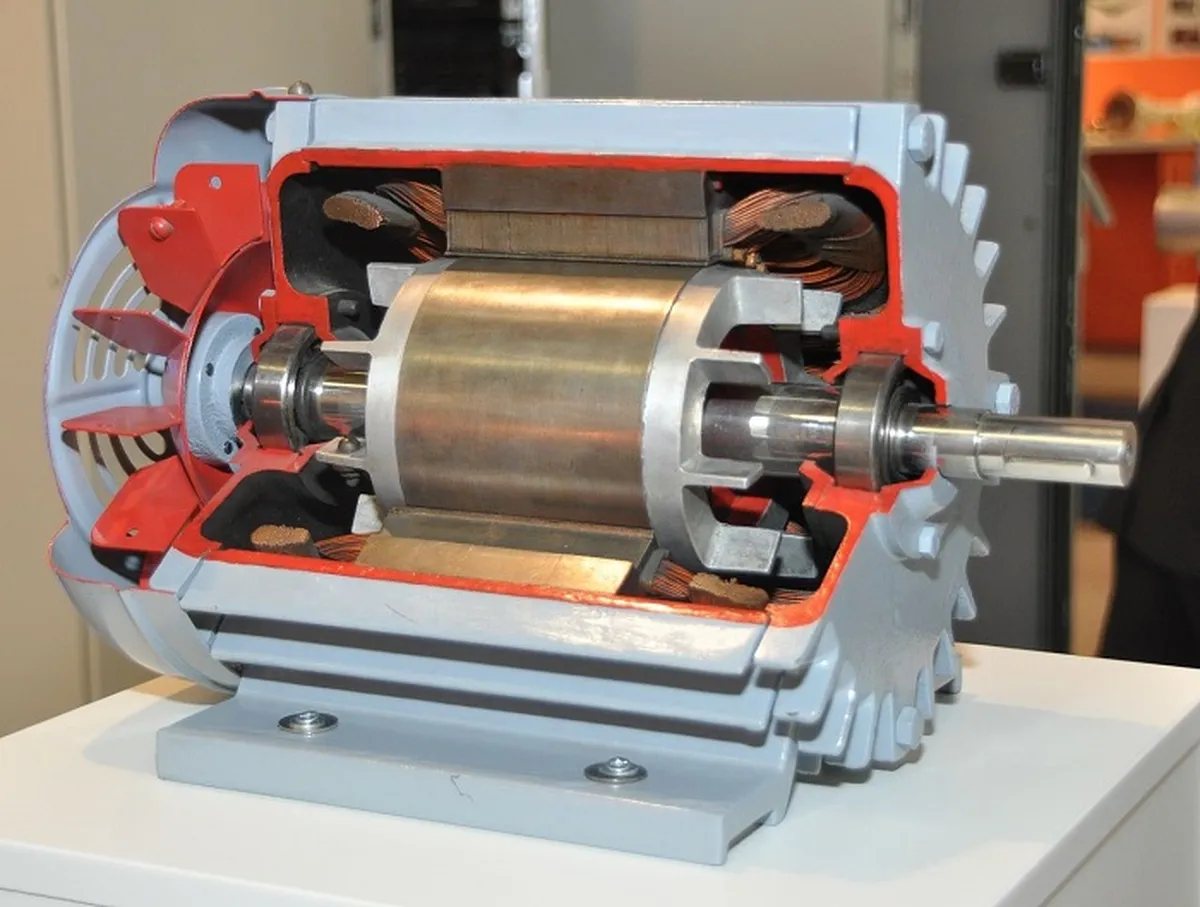
Which motor is not self starting?
Unlike most self-starting motorization, single-phase induction varieties lack an inherent rotational magnetic field due to single-phase power input, necessitating auxiliary mechanisms.
Motor Types play a crucial role in various applications, converting electrical energy into mechanical energy. While many motor types possess the ability to start on their own when power is supplied, there is one specific motor that requires external assistance to initiate rotation. In this article, we will explore and discuss the motor type that is not self-starting, understanding its characteristics, limitations, and the reasons behind its unique behavior.
Understanding Self-Starting Motors
Before diving into the motor type that is not self-starting, let's briefly examine self-starting motors, which are the most common types found in various applications. Self-starting motors possess the ability to begin rotation without any external assistance once power is supplied. These motors typically rely on an initial torque provided by the interaction of the magnetic fields within the motor.
Motor that cannot self-start
While many motor types are self-starting, there is one specific motor type that requires external assistance to start rotation. This motor is known as the Single-Phase Induction Motor. The Single-Phase Induction Motor is the motor type that is not self-starting and requires external assistance to initiate rotation.
Why can't single-phase motors self-start?
The Single-Phase Induction Motor operates based on the principle of induction, where a rotating magnetic field is generated within the motor due to the interaction between the stator and rotor windings. However, unlike three-phase induction motors, which are self-starting due to the rotating magnetic field produced by the three-phase power supply, single-phase induction motors lack this inherent rotational field. So, the single-phase motor does not self-start due to the absence of a rotating magnetic field, which is required for the motor to begin its operation.

Starting Mechanism
-
To overcome the lack of a rotating magnetic field, single-phase induction motors require external assistance to initiate rotation. Several methods are employed to provide the necessary starting torque. Common methods for starting a single-phase motor include the use of auxiliary windings, capacitors, or starting mechanisms such as centrifugal switches.
-
One common method is the Capacitor-Start Induction Motor, which uses an auxiliary winding and a capacitor. The auxiliary winding, placed at an angle to the main winding, creates a phase shift between the currents in the windings, resulting in a starting torque. Once the motor reaches a certain speed, switch mechanisms disconnect the auxiliary winding.
-
Another method is the Split-Phase Induction Motor, which uses a centrifugal switch to disconnect the starting winding once the motor reaches a particular speed. The starting winding is designed with higher resistance and lower inductance, creating a phase shift and generating a starting torque.
Limitations and Applications
Single-phase induction motors have certain limitations due to their non-self-starting nature. These limitations include lower starting torque compared to self-starting motors and the need for additional starting mechanisms. However, despite these limitations, single-phase induction motors find widespread use in various applications, including:
Household Appliances
Single-phase induction motors are commonly used in household appliances such as refrigerators, air conditioners, washing machines, and fans. The starting mechanisms employed in these motors allow for reliable and efficient operation in these applications.
Small Industrial Applications
Single-phase induction motors are also suitable for small industrial applications such as pumps, compressors, and small machinery. Their simplicity, cost-effectiveness, and availability make them a popular choice in these settings.
Conclusion
Although a unidirectional motor requires external assistance to start and has limitations in its use, it is still widely used in household appliances and small industrial environments.



Leave a Comment